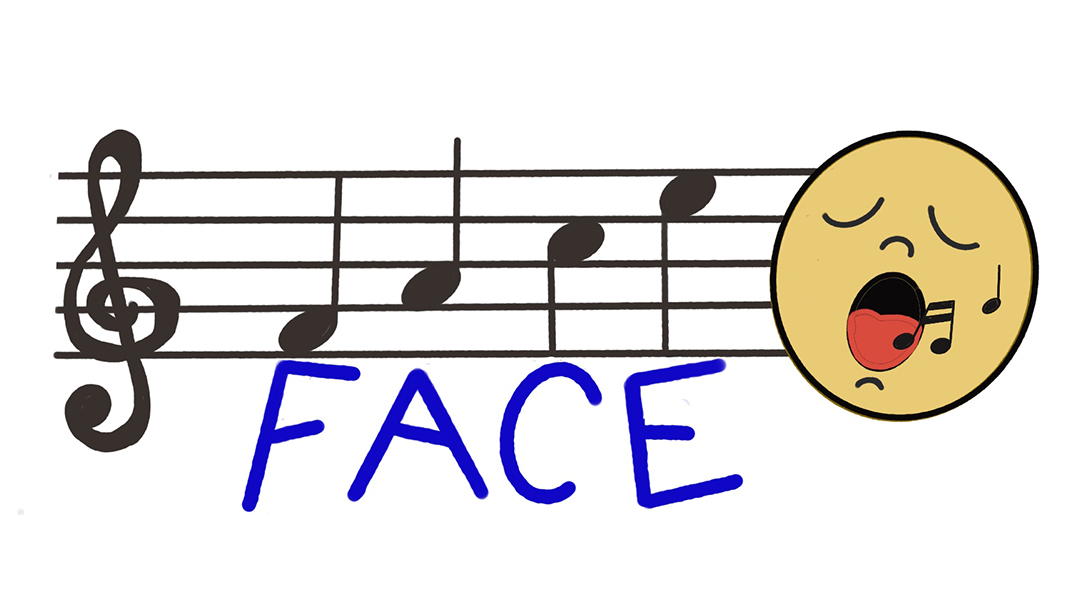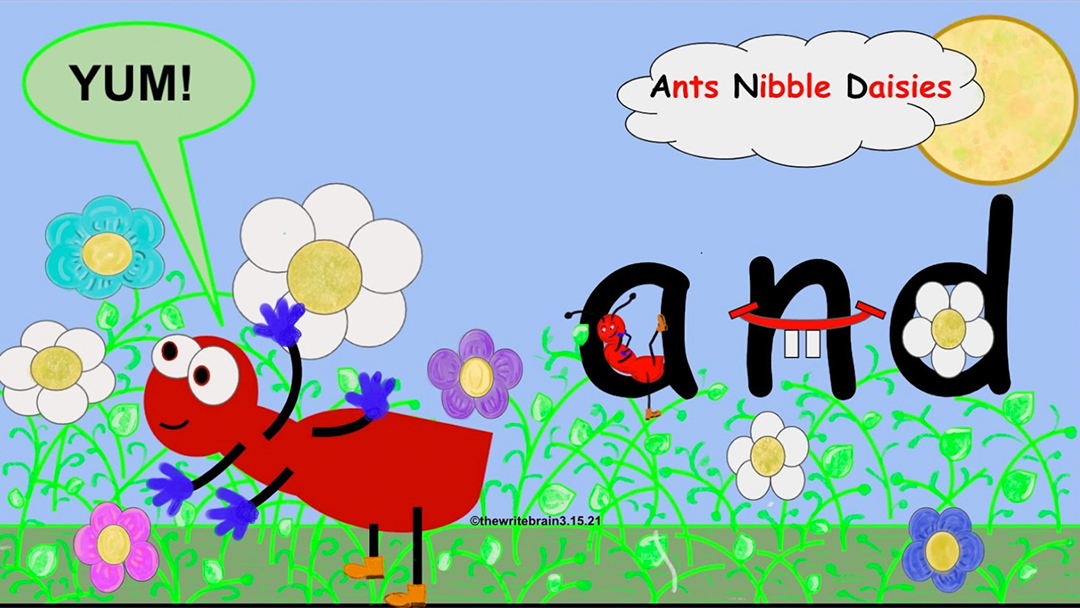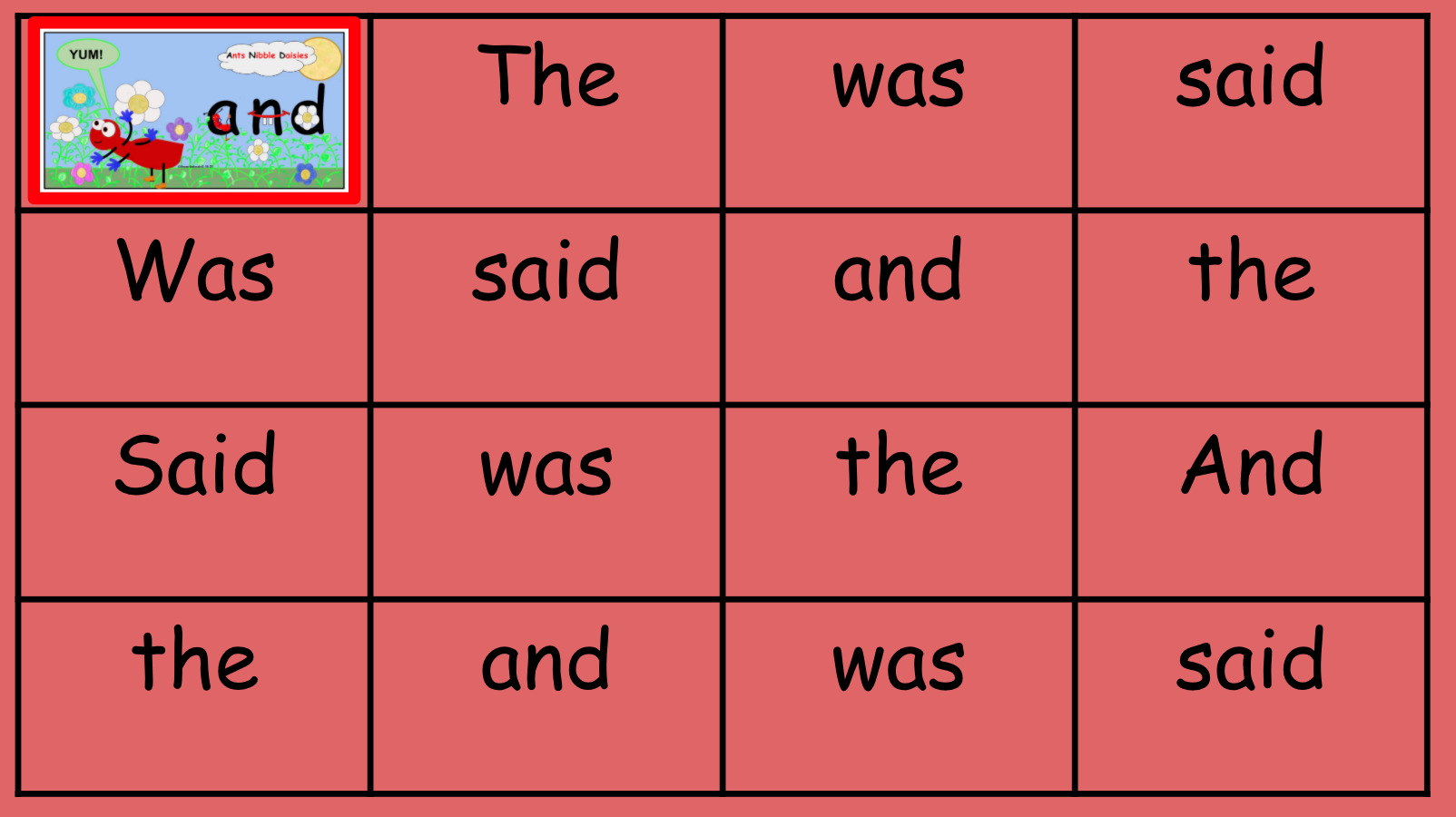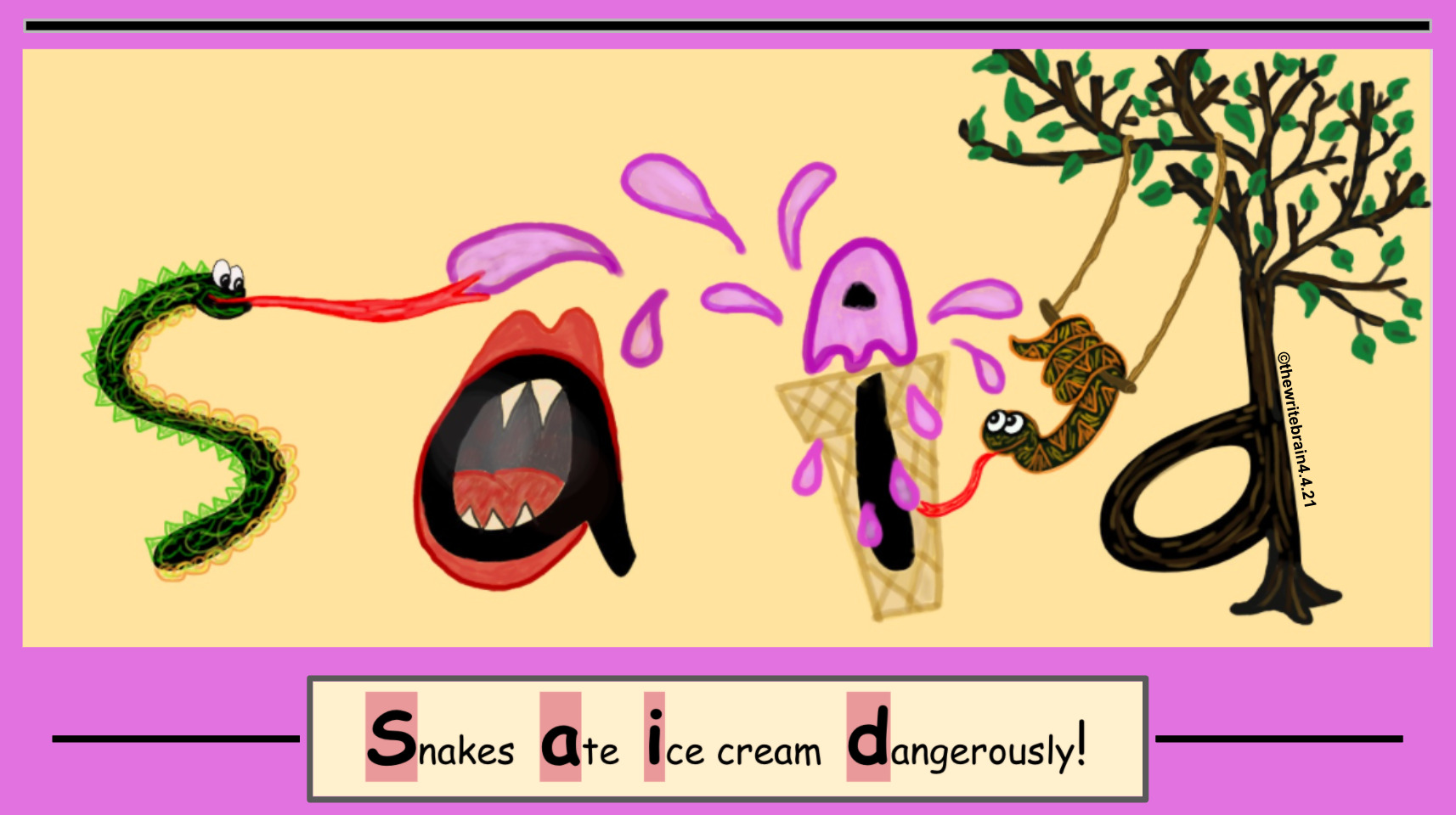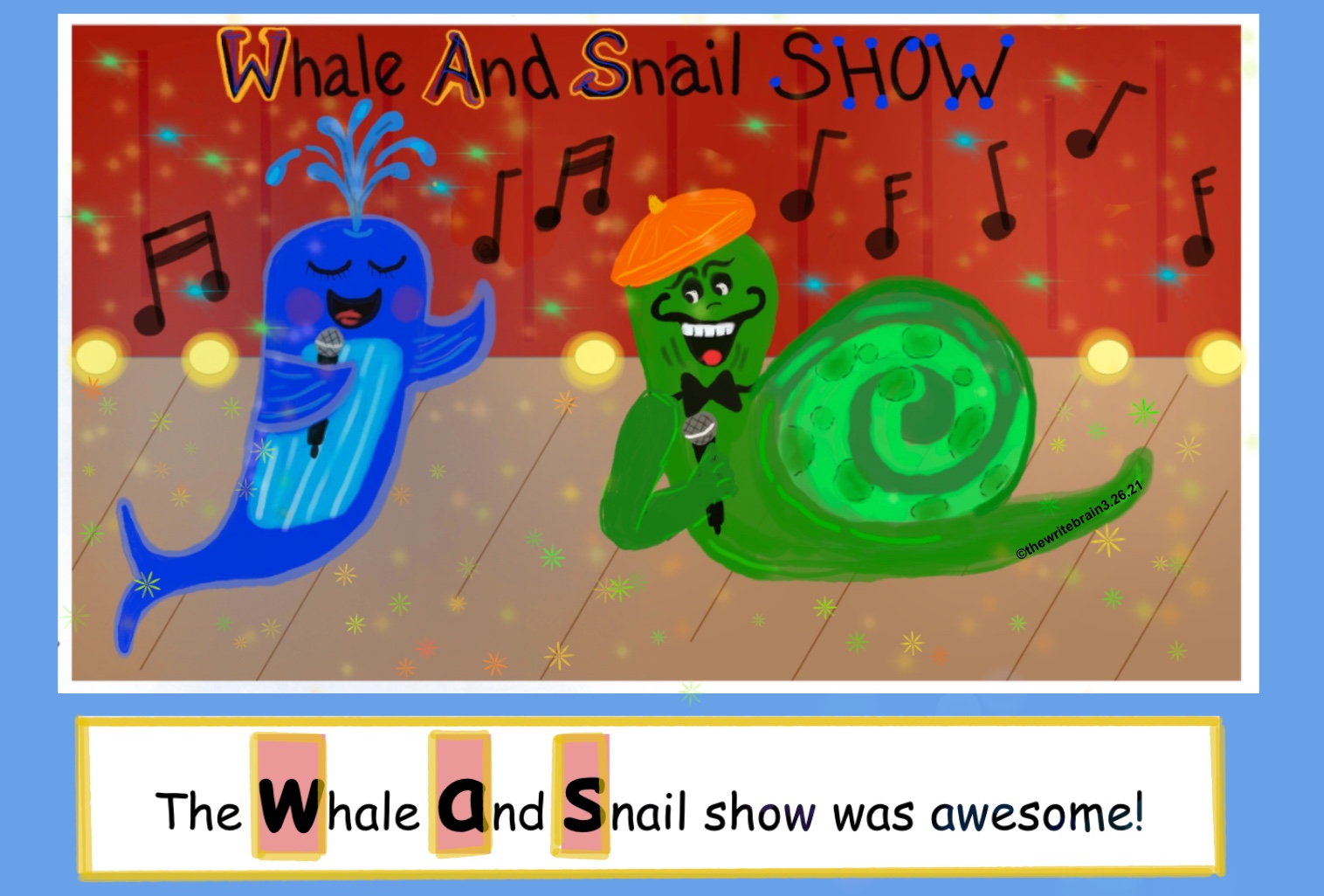Multisensory Monday: Ants Nibble Daisies! Memory Aids for Red Words
Posted by Brainspring on 25th Apr 2021
During my school years, I would often make up a silly story or rhyme to help me recall the necessary facts for a test. Another tool that I would often use was to create an acronym when I needed to memorize a list or a chart of facts. For those of you who studied music, perhaps the below acronym rings a bell?
Many students struggle with short term memory issues, and even though my reading instruction is explicit, multisensory, and cumulative, I find that some students need a memory aid to help them mentally link challenging red words. Types of memory aids include:
- Mnemonic device
- Acronym
- Memorable Story
- Pictorial/Memory Sentences
- Graphic Organizers
When using a mnemonic device, it is also important to use a brief, entertaining story or give an interesting fact. This helps create an unforgettable link to the red word. One strategy for older students is to have them develop their own mnemonic devices for words with which they struggle.
This year, while teaching online, I have been fortunate to work with students who have iPads. Below is an example of how to teach the red word “and” online by using an entertaining acronym and story.
Sample Lesson: and
Teacher (show picture/connect to story):
Have you ever seen an ant on a daisy? And did you know that ants love to nibble on this type of flower? Why may you ask? Well, ants love to eat sweet things, and daisies have a substance called nectar that ants just love to nibble on. So, the letters in the word and stand for Ants Nibble Daisies. Repeat that with me three times (teacher points to corresponding letter).
Teacher (instructs student to access the colored pen icon on iPad):
Did you know that Ants love to nibble pink daisies (student colors a daisy) and purple daisies (student colors another daisy) and…
Every time I’ve done this activity, a student will inform me that the red word: and sounds very similar to the word ant, so I then tell them:
Teacher:
Wow, you are right. Those two words do sound alike, but the last sound is different. What is the last sound of ant? (Answer: /t/) What is the last sound of and? (Answer: /d/)
Throughout this activity, I continue to emphasize the acronym: Ants Nibble Daisies every chance I get. Then, using a rapid naming chart, I have the student practice this tricky red word every day until they reach automaticity.
Not all kids need memory aids and certainly not for every red word. Many students do benefit from orthographic mapping as well as learning an interesting fact based on the etymology study of the word. However, as teachers, knowing multiple ways to help a student become a successful reader is always important. Remember, the point of a memory aid is to access a different part of the brain to recall the needed information more efficiently.
Not all students get stuck on the same word. Some of my students have no problem with the word saw but get stuck on the word was. Others have yet to make the connection that red words cannot be sounded out completely and continue to sound these words out such as the word said.
Below I have created two more acronyms that seem to work very well with students who are stuck on a red word. Again, once the activity is taught, be sure and put these words into a rapid naming chart because automaticity of all words is the goal!
Written by Jennifer L. Padgett, M. Ed.
Jennifer is a Structured Literacy Specialist, K-12 in Mexico, Maine.
Brainspring has proudly supported the educational community for more than 25 years.
Our Educator Academy provides educators in grades K-12 with comprehensive MSL Professional Development courses. Learn more about our in-person and online professional development.
The Learning Centers support students through one-on-one, multisensory tutoring sessions. Learn more about our in-person (available in Southeast Michigan) and nationwide online tutoring.

